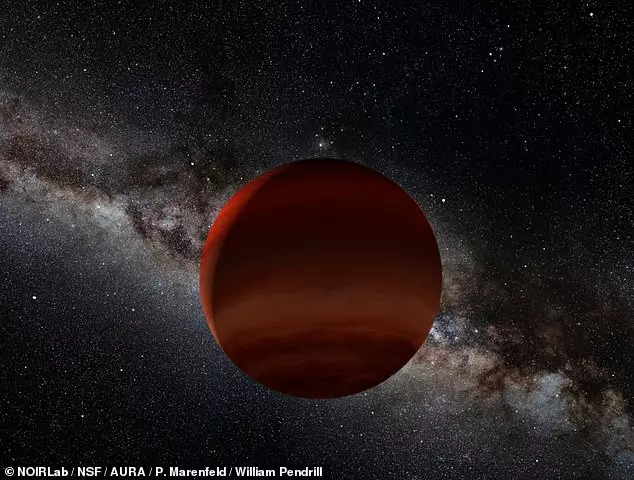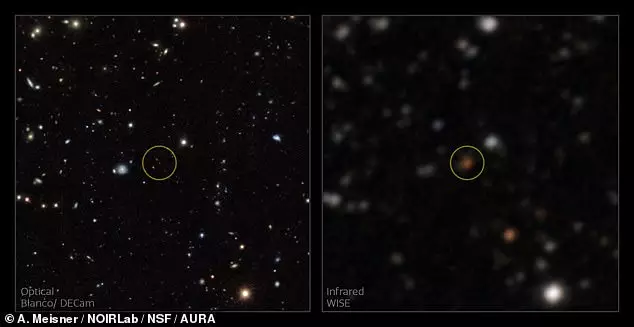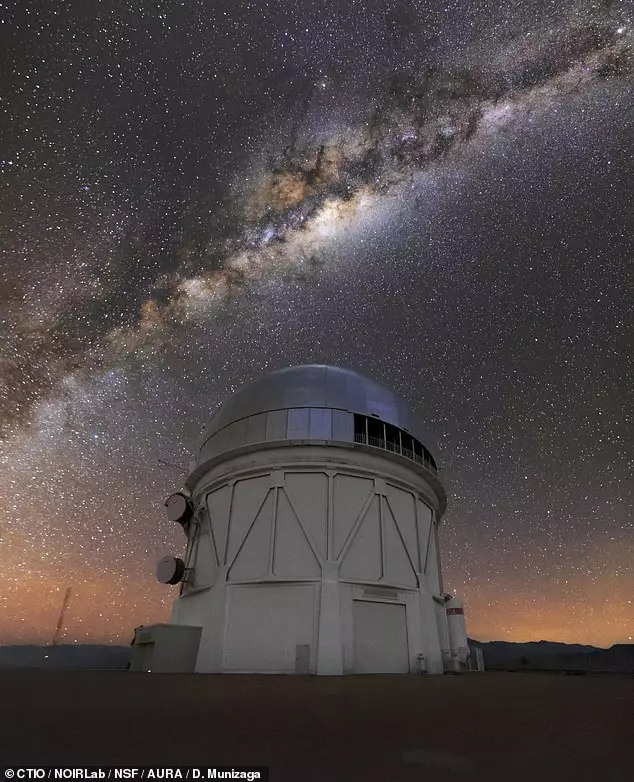
A citizen scientist project that recruited 100,000 volunteer star gazers has found some 1500 'cool worlds', which are lighter than stars but larger than planets - with some nearly as cool as Earth.
'Cool worlds' are more formally known as brown dwarves and are considered to be cooling embers within space. Because they are losing temperature they appear faint and can be hard to spot, which is why astronomers have been searching for them relatively close by, in our galaxy.

The theory goes that brown dwarves cool as they age, starting at incredibly hot temperatures but cooling until they are on a par with planets like Earth. The Backyard Worlds: Planet 9 project enlisted 100,000 citizen astronomers and found brown dwarves as near as 23 year light years way from Earth, with others generally within 30 to 60 light years away.
Advert
As the author of the project's subsequent paper, Aaron Meisner of the National Science Foundation (NSF)'s NOIRLab, explained: "These cool worlds offer the opportunity for new insights into the formation and atmospheres of planets beyond the Solar System."
"This collection of cool brown dwarfs also allows us to accurately estimate the number of free-floating worlds roaming interstellar space near the Sun."

Despite advances in AI and machine learning, there is apparently still nothing more accurate than the human eye when it comes to scrutinising telescope images for evidence of moving objects.
Advert
Researchers and citizens used the Astro Data Lab, a special online portal that contains massive astronomical catalogues containing billions of billions of objects. The data they were studying had been collected by the Nicholas U. Mayall 4-meter Telescope at the Kitt Peak National Observatory in Arizona (pictured), and the Victor M. Blanco 4-meter Telescope at the Cerro Tololo Inter-American Observatory in Chile.
'It's awesome to know that our discoveries are now counted among the Sun's neighbour and will be targets of further research,' said paper co-author and citizen scientist Jim Walla.
Other experts have been similarly effusive about the project, with NSF astronomer Chris Davis commenting "It's great to see such thrilling results from NOIRLab's efforts to broaden participation in astronomy research."
"By making archival data from NSF's Mayall and Blanco telescopes publicly available and easily accessible [...] folks with a fascination for astronomy can make a real contribution to science and to our understanding of the Universe."
Advert
Meisner, meanwhile, concluded: 'Vast modern data sets can unlock landmark discoveries and it's exciting that these could be spotted first by a citizen scientist. Members of the public can play an important role in reshaping our scientific understanding of our solar neighbourhood."
Featured Image Credit: Credit: NOIRLab / NSF / P. Marenfeld / William PendrillTopics: World News, space